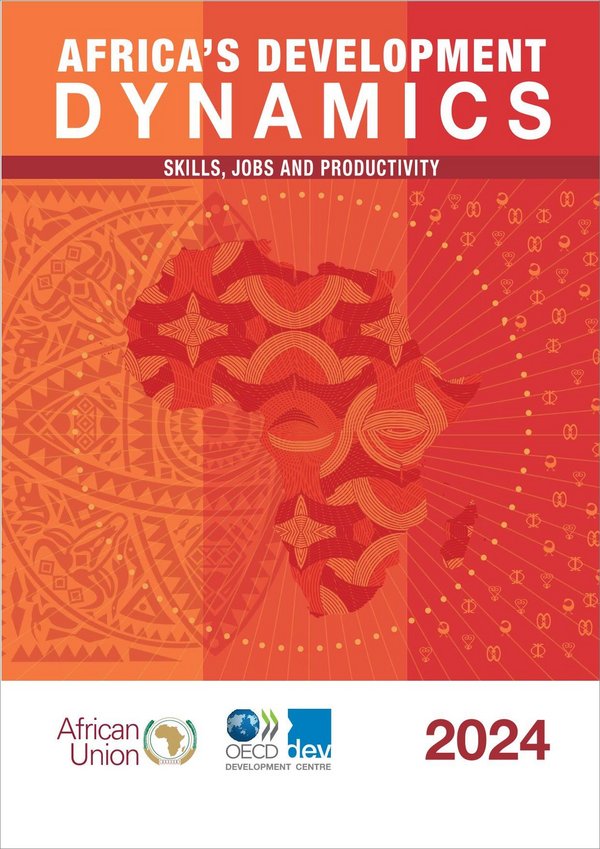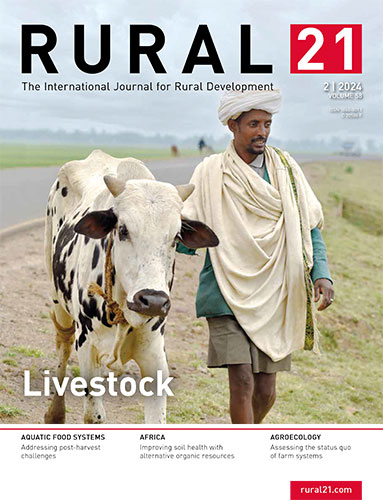- Share this article
- Subscribe to our newsletter
Africa’s Development Dynamics: Skills, Jobs, and Productivity
Improving access to and the quality of skills development will help Africa harness the growth potential of a rapidly expanding and increasingly skilled young workforce, according to the latest edition of Africa’s Development Dynamics, titled Skills, Jobs, and Productivity, and published in July 2024 by the Organization for Economic Co-operation and Development (OECD).
By 2050, 85 per cent of the global increase in the working-age population will occur in Africa. The working-age population (15-64 years old) is set to almost double, from 849 million in 2024 to 1.56 billion. These new labour market entrants will be more educated than previous generations, as the number of young Africans completing secondary or tertiary education is expected to more than double, from 103 million in 2020 to 240 million in 2040. They will seek employment in dynamic economies; Africa’s GDP growth is projected to rise from 3.2 per cent in 2023 to 3.5 per cent in 2024 and reach an average of 4.0 per cent in 2025, outpacing Latin America and the Caribbean (2.5 per cent), and approaching developing Asia (4.8 per cent), compared to the global average of 3.2 per cent.
The report highlights a dual challenge faced by many African economies: workers lack the specific skill sets required by existing jobs, and there are not enough quality jobs to incentivise skill development. Over 80 per cent of African youths in school aspire to high-skilled occupations, but only 8 per cent find such jobs. Skill shortages, particularly in sectors like agrifood, renewable energy and mining, hinder private investment. Consequently, a cycle of insufficient skilled labour supply and low demand for skills from new jobs keeps economies largely informal.
Approximately 82 per cent of African workers are employed in informal, mostly low-paid, low-quality, and low-protection activities, compared to 56 per cent in Latin America and the Caribbean and 73 per cent in developing Asia.
Africa’s Development Dynamics 2024 reports that the quality and quantity of education in Africa remain low compared to other regions. In 2021, African governments allocated an average of 3.7 per cent of their GDP to education, or 14.5 per cent of total public expenditure, slightly below the international benchmarks of at least 4 per cent of GDP and 15 per cent of total public expenditure. Sixteen out of 42 African countries with available data for 2020-23 did not meet these benchmarks.
Skills development, combined with better jobs, will enhance productivity for millions of workers. The report indicates that each additional year of education can boost African learners' earnings by up to 11.4 per cent, the highest return to education globally. The report offers several policy recommendations to bridge Africa’s educational and skills gaps. It also identifies strategic areas where Africa’s regions have the highest potential to increase productivity with a better-skilled workforce: mining in Central and Southern Africa, digital technology in East Africa, renewable energy in North Africa and agrifood in West Africa.
(OECD/ile)
Read the report on the OECD website





Add a comment
Be the First to Comment